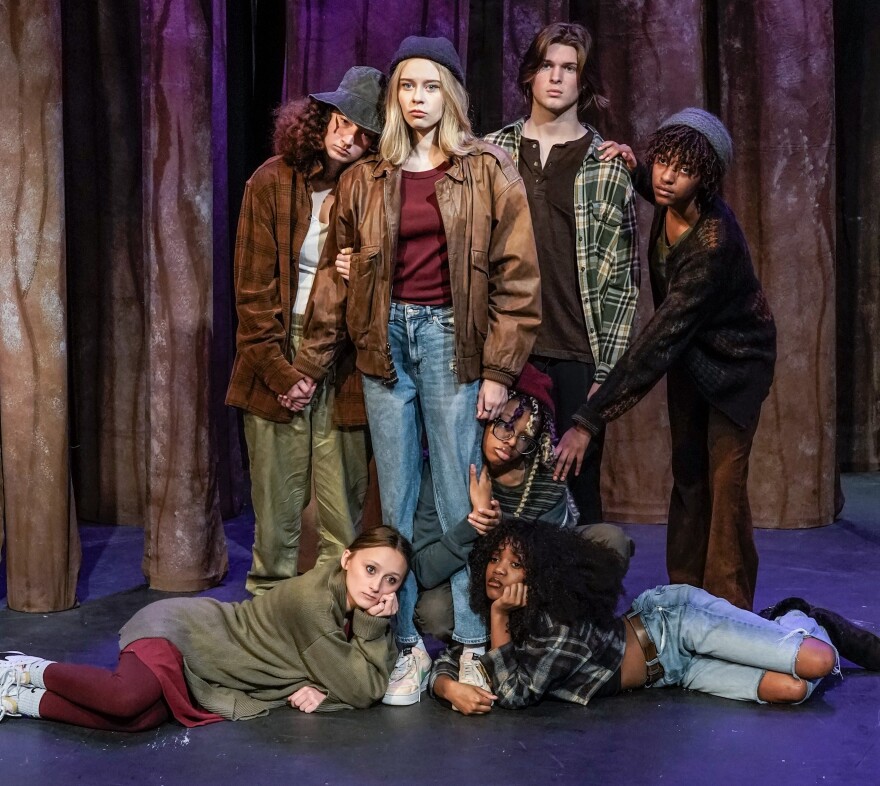Editor's note: This story is part of an ongoing series for Arts Access examining the health and well-being of our North Texas arts economy.
A photography center. A teen theater. An art supply store. These are just some of the arts organizations and venues that have closed during the pandemic.
The pandemic has changed the arts landscape in many ways. Some organizations struggled with supply chain issues, while others are still dealing with the slow return of audiences. While most of the city’s major art institutions have survived, a number of smaller organizations – intimate spaces that have fostered diversity, community and connection – have shuttered their doors.
Each time an arts organization or venue closes, it’s a major hit to the city. Arts organizations contribute to North Texas’ cultural landscape, provide spaces for new perspectives and boost quality of life. Not to mention, the arts and culture industry in Dallas generates about $891 million in total economic activity per year.
Here’s a list of groups that have closed since 2020 and why it matters.
Why it matters: North Texas is losing a community gallery space and accessible educational resources for photography. Dallas is now the only major city in the U.S. that doesn’t have its own center for photography.
How it feels: “It’s a tragedy. I built almost every piece of that darkroom over a period of a year and a half. We’ve got to rip it out and sell off the pieces so that we can be out of the building by the end of August.” -Peter Poulides, executive director of the DCP
Why it matters: It’s how many Dallas film lovers first viewed virtual reality and high-definition TV, obscure foreign films and documentaries. It was also a space for women, people of color and the LGBTQ community before there were local festivals dedicated to those voices.
How it feels: “The festival has both defined me and consumed my consciousness for so long. That is what I will miss. It’s similar to a filmmaker whose whole life is wrapped around a project. I’m filled with gratitude and humility.” - Bart Weiss, VideoFest founder
Why it matters: The teen theater presented a unique opportunity for high school students to explore issues such as gun violence, sex education and border crossings. Also, the theater was the only company in North Texas that exclusively performed devised theater. That means the director and actors would research and interview people for a topic, then turn that into a play.
How it feels: “I don’t think that I’ve found somewhere else that allowed me to have a really deep connection with the work that I was doing. I think that it’s really a loss of perspective because adults could create the same kind of shows that Cry Havoc is doing, but you lose the sort of window into what’s happening in the younger generations.” -Lillie Davidson, Cry Havoc actor
Why it matters: The store was a go-to space beloved by community members who liked the local feel and knowing employees. It offered hard-to-find art materials and was once a space with competitive pricing.
How it feels: “I keep hoping that a savior will show up somewhere and either start another enterprise or save this one. There’s not anything equivalent in this area … and I don’t see a suitable replacement on the horizon.” -Michael Moffatt, manager of the Fort Worth Asel Art Supply location
What happened: ArtCon is shutting down after 18 years due to a drop in volunteers, burnout and pandemic challenges.
Why it matters: ArtCon leveled the playing field for artists, with a lottery determining who could participate, and made art more accessible to the public with a $10 ticket price to enter fundraisers and a $20 starting bid for artwork during auctions. They raised $466,000 for small non profit arts-related organizations.
How it feels: “I would say heartbroken, because that opportunity to reconnect with everyone isn't going to be there, but hopeful because I've seen what the people in this community can do, even when they're on their own.” - Geoff Barry, president of Art Conspiracy
Arts Access is an arts journalism collaboration powered by The Dallas Morning News and KERA.
This community-funded journalism initiative is funded by the Better Together Fund, Carol & Don Glendenning, City of Dallas OAC, Communities Foundation of Texas, The Dallas Foundation, Eugene McDermott Foundation, James & Gayle Halperin Foundation, Jennifer & Peter Altabef and The Meadows Foundation. The News and KERA retain full editorial control of Arts Access’ journalism.











